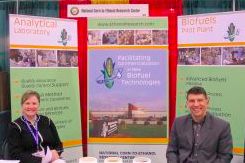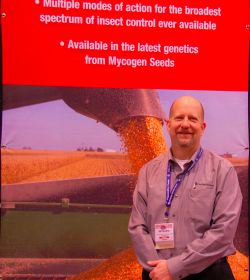The world’s population is growing and simultaneously, malnutrition is growing. The World Soy Foundation (WSF) is a nonprofit organization that is helping to eradicate malnutrition around the world through soy protein. I had the chance to spend a few minutes with Nathan Ruby, Executive Director of the World Soy Foundation to learn more about what they do.
Ruby explained that they address malnutrition issues through soy protein in four ways:
- Food distribution of soy protein
- Microenterprise – helping people start small businesses like the soy cow where people add 1 lbs of soybeans to 1 gallon of water to produce soy milk which they then sell in the local community
- Research – studying soybeans in different nutritional settings
- Education – working with people around the world to help them learn how soy protein can increase nutrition
 WSF is currently working in areas with high malnutrition including Haiti. “Our program there is really about development,” said Ruby. “We’re not a diasaster relief agency so we’re more concerned about what happens when the television cameras leave and go away and the world kind of forgets about Haiti. We’re still going to be there developing and we have a long-range plan to do that.”
WSF is currently working in areas with high malnutrition including Haiti. “Our program there is really about development,” said Ruby. “We’re not a diasaster relief agency so we’re more concerned about what happens when the television cameras leave and go away and the world kind of forgets about Haiti. We’re still going to be there developing and we have a long-range plan to do that.”
The organization is typically anywhere where people live in areas that are disconnected form the general flow of resources and opportunities. Currently, they are considering some programs in Iraq to help them learn how to farm soybeans and a similar program in Central America.
As a nonprofit, WSF is always looking for more people to become involved in their programs. Soybean farmers around the world can participate through the Acre Challenge. Ruby explained that in this program, soybean farmers donate the proceeds from one acre of production.
To learn more, click here and you can listen to my full interview with Nathan below.
AgWired coverage of the 2010 Commodity Classic
is sponsored by:  and
and 



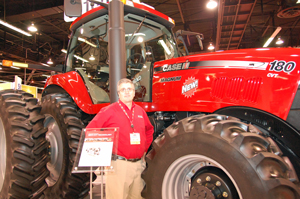 CVT stands for Continuously Variable Transmission and
CVT stands for Continuously Variable Transmission and 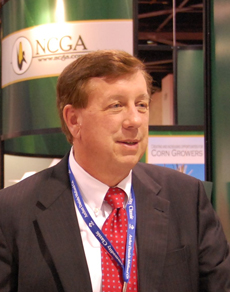 His wife calls him a “PMG” – Professional Meeting Goer – because Alan Kemper has been serving on the boards of state and national agricultural organizations for over two decades now.
His wife calls him a “PMG” – Professional Meeting Goer – because Alan Kemper has been serving on the boards of state and national agricultural organizations for over two decades now. 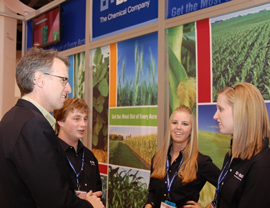 The
The 
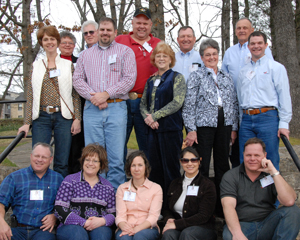 There is a rare treasure nestled in the heart of the Ozarks in Southern Missouri – a college that offers students a degree in hard work.
There is a rare treasure nestled in the heart of the Ozarks in Southern Missouri – a college that offers students a degree in hard work.  The college offers 48 different degrees, including culinary arts, hotel and restaurant management, agribusiness, animal science, and ag education. There are about 125 students majoring in some area of agriculture there, but the school offers amazing hands-on experience for them, including hog, dairy and beef operations, a meat processing facility and a feed mill. They also have a beautiful center that is open to the public which features fine dining, historic lodging, meeting rooms, and more. During the 2008 presidential campaign, candidate Sarah Palin chose to visit the college as one of her stops in Missouri.
The college offers 48 different degrees, including culinary arts, hotel and restaurant management, agribusiness, animal science, and ag education. There are about 125 students majoring in some area of agriculture there, but the school offers amazing hands-on experience for them, including hog, dairy and beef operations, a meat processing facility and a feed mill. They also have a beautiful center that is open to the public which features fine dining, historic lodging, meeting rooms, and more. During the 2008 presidential campaign, candidate Sarah Palin chose to visit the college as one of her stops in Missouri. 